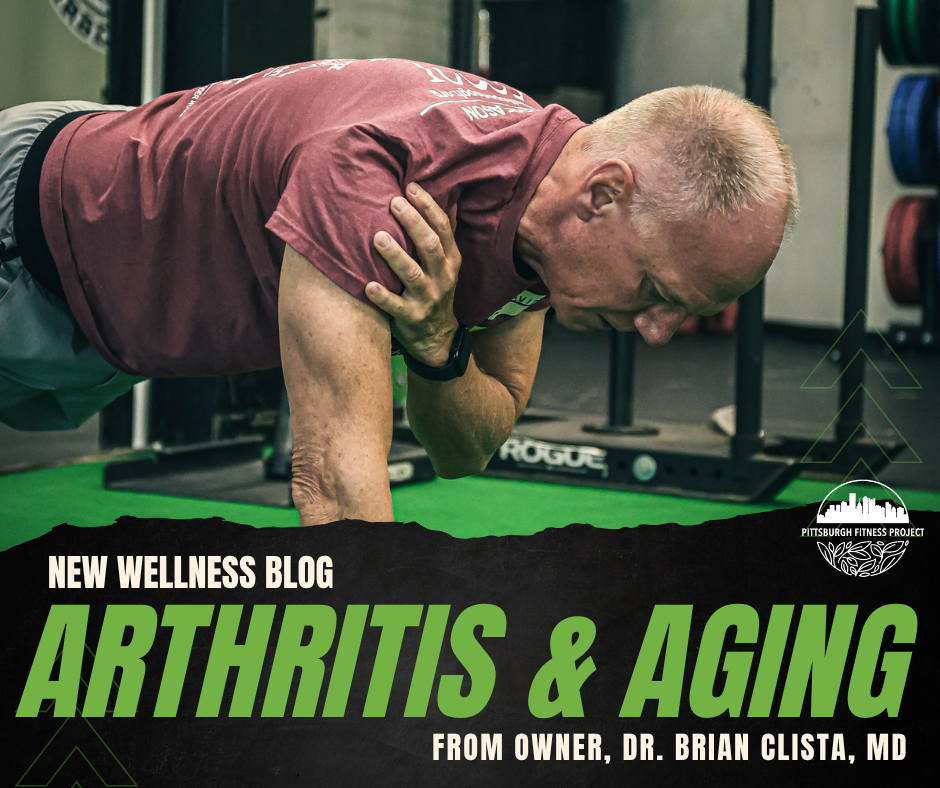ARTHRITIS & AGING
Recently, I experienced knee swelling while training for a half-marathon. A later trip to an orthopedist and some X-rays confirmed what I probably already knew: I had osteoarthritis. After over 40 years of competitive running, it wasn’t a huge surprise.
But how could I deal with arthritis and aging? Let’s look at how the millions of people worldwide who experience this condition can make life better.
Watching Your Weight
Once people have evidence of arthritis on an X-ray and have symptoms, the changes are not reversible. So how can weight management help?
Most people tend to put on weight with age. And most clinical guidelines for the treatment of osteoarthritis recommend weight loss as a strategy to help with pain. But one review found that weight loss had modest benefits, at best. While maintaining weight loss offers numerous other health benefits, it’s not easy.
A better strategy may be to make small changes in your diet to prevent further weight gain. Trying to lead a healthy lifestyle and prevent weight gain as we age may be the best way to lessen the impact of the normal wear and tear our joints experience.
Exercise & Arthritis
One thing I've noticed about my knee is that I often feel better with movement. Research backs that up.
Moving your joints helps prevent stiffness and increases mobility. People with osteoarthritis who exercise often report less pain.
Non-weight-bearing exercises, such as biking and swimming, are great. But you can also try walking or jogging occasionally if your joints tolerate it.
Strength Training & Arthritis
The Arthritis Foundation also encourages strength training.
Strength training improves joint function by strengthening the muscles surrounding joints, enhancing stability, and potentially helping to delay joint degeneration.
Research indicates that strength training enhances joint function, particularly when intensity is gradually increased.
Other Movement Therapies
Evidence has also shown that other therapies, such as tai chi and yoga, not only improve joint mobility but also enhance mental well-being.
Ensure your trainer or instructor is aware of your joint issues before engaging in these activities, so they can provide necessary modifications.
Medical Therapies
Talk to your healthcare team to find out what other medical therapies like NSAID’s, topical gels, and other pain-killing medications may help with your symptoms.
If you have joint complaints and have been cleared by your healthcare team to exercise, please contact us at the Pittsburgh Fitness Project or visit our Get Started page to schedule a fitness assessment.

